Better Greenhouse Cooling: 5 Ways To Keep Plants Happy in the Height Of Summer
Is your greenhouse or glasshouse feeling the heat? We round up the best greenhouse cooling methods you can apply to keep your plants happy as they grow
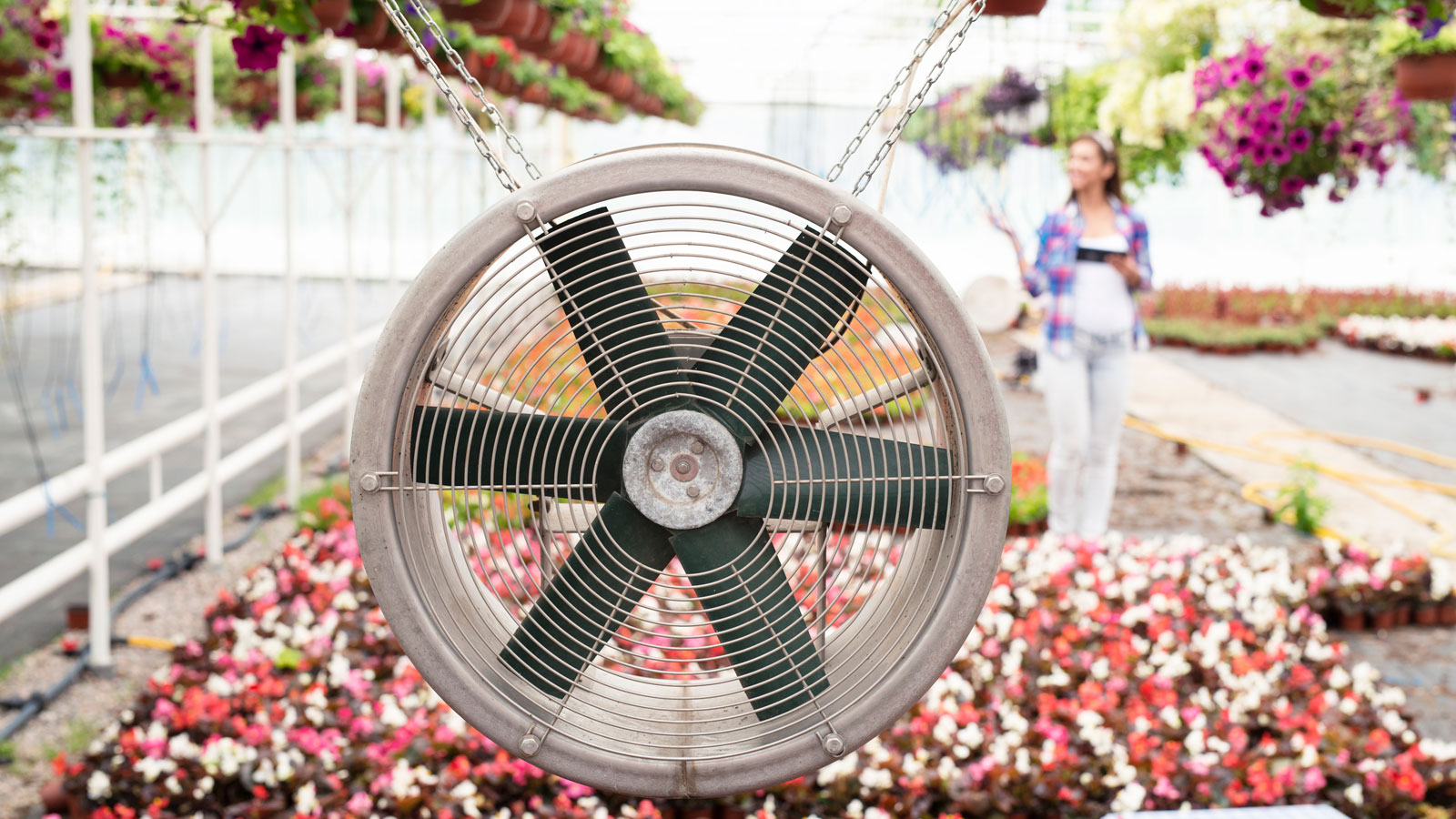

Greenhouses, whether large or small, must keep the indoor temperature consistent for the health of the plants growing inside. Greenhouse cooling can be a major source of concern in summer, particularly during hotter days. However, keeping a greenhouse cool when the temperature soars is not a last-minute decision. For anyone serious about successful greenhouse gardening, plans and equipment should be in place before the heat of summer arrives.
On hotter days, temperatures can be 30°F (1°C) higher in your greenhouse than they are elsewhere in the garden. So how can you regulate conditions during summer to keep your plants healthy and happy? Depending on the size of the greenhouse and your budget, there are several options available, including ventilation, shading materials and evaporative cooling. We round up the five most common ways to cool a greenhouse during the hottest days of summer. That way, you can focus your attention on the plants inside!
How To Cool A Greenhouse when Summer Temperatures Climb
Monitoring greenhouse conditions as temperatures rise and fluctuate helps you to minimize the risk of greenhouse-related diseases and other interior-based plant issues. Effective greenhouse cooling comes down to a choice between systems that are dynamic and those that are static. Greenhouses can be cooled using a passive or active system, depending on whether or not energy is used to operate the system.
So in determining how to keep a greenhouse cool and factoring in extra greenhouse supplies, you need to decide which type of system is best for you. Passive systems include venting and shading. Active systems use motorized equipment to cool the air inside the greenhouse.
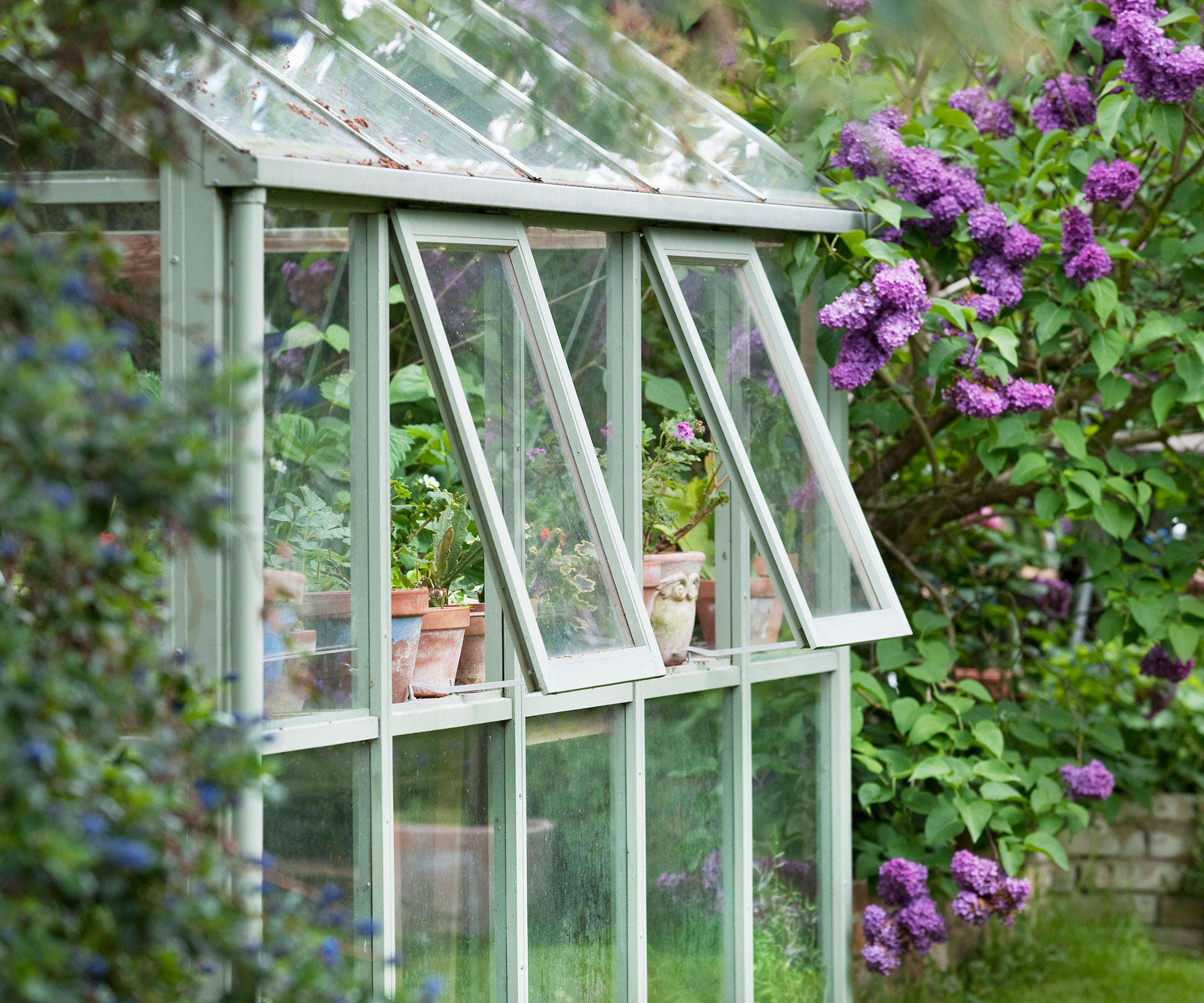
1. Venting Systems
A greenhouse venting system is effective when the air outside is warm but not too hot, such as in spring, fall or winter. It is also effective in a location that does not experience excessive heat and humidity such as those in high elevations.
In these instances, simply exchanging the air inside for the air outside can be enough to cool crops. Greenhouses equipped with vents in the roof and the sides can take advantage of this system. Warm air inside the greenhouse rises and escapes through the roof vents, creating a vacuum that brings the outside air inside through the side vents. If the air temperature outside is too high and the air exchange is not cool enough, additional cooling methods should be added.
In greenhouses that use polyethylene sheets for shading on the roof, adding vents is problematic, so they use fans to pull air through opposite louvered endwalls. In very large greenhouses, it is more feasible to use an open roof system that either opens upward or slides sideways. This has the added benefit of allowing the plants to harden off without moving them out of the greenhouse.
Gardening tips, videos, info and more delivered right to your inbox!
Sign up for the Gardening Know How newsletter today and receive a free copy of our e-book "How to Grow Delicious Tomatoes".

2. Shading Systems
Shading systems reduce the amount of light energy coming into the greenhouse, thereby lowering the amount of solar heat generated inside. Several forms of shading are available for those needing to know how to cool a greenhouse. These include spray-on or paint-on compounds, roll-up screens, saran or polypropylene shade cloth and movable curtains.
It is worth bearing in mind that any shading interventions run the risk of interfering with photosynthesis of plants and lowering their growth rate. Still, in high summer when light levels are highest, any potential growth decrease is negligible.
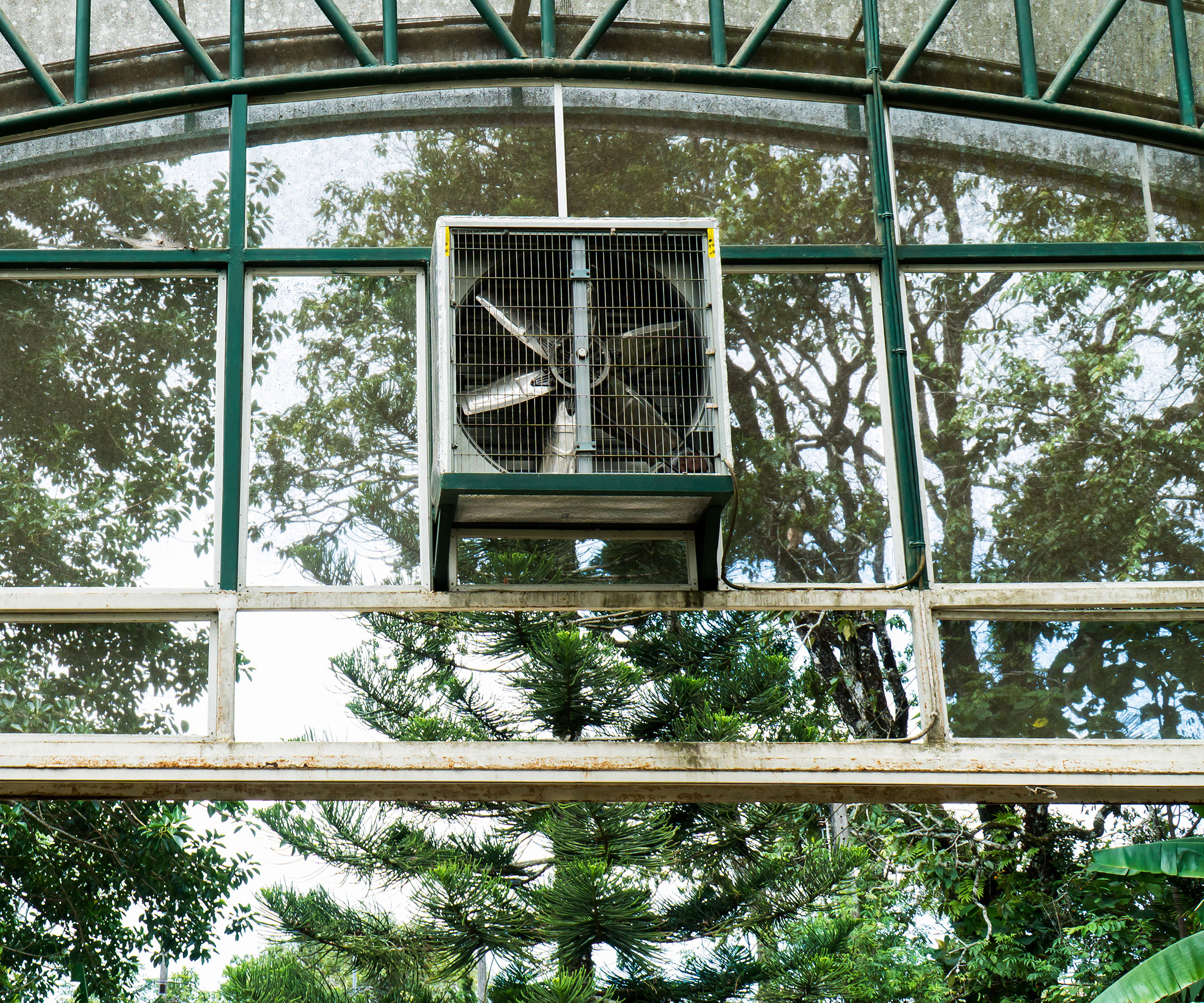
3. Pad And Fan Evaporative Systems
Evaporative cooling systems can use pads and fans, or fog or swamp fans. The popular pad and fan system uses fans on one side of the greenhouse to force outside air to come through wet pads on the opposite side of the greenhouse. The water cools the air as it evaporates. Even though water is recycled, you need a constant supply of water through a water line to a reservoir to maintain the saturation of the pads.
Understanding your area’s natural humidity levels can help with greenhouse troubleshooting for this type of cooling system. These types of systems function best in locations where relative humidity is low. In areas where summer’s heat and humidity are high, the evaporation rate is reduced inside the greenhouse, affecting the cooling ability.
4. Swamp Fan Cooling Systems
Positive pressure coolers, or swamp fans, use the same principles as the pad and fan system – except it is all contained within a unit. These units are typically mounted on the walls outside the greenhouse and force the cooled air indoors. Their effectiveness is also diminished as the humidity goes up outside.
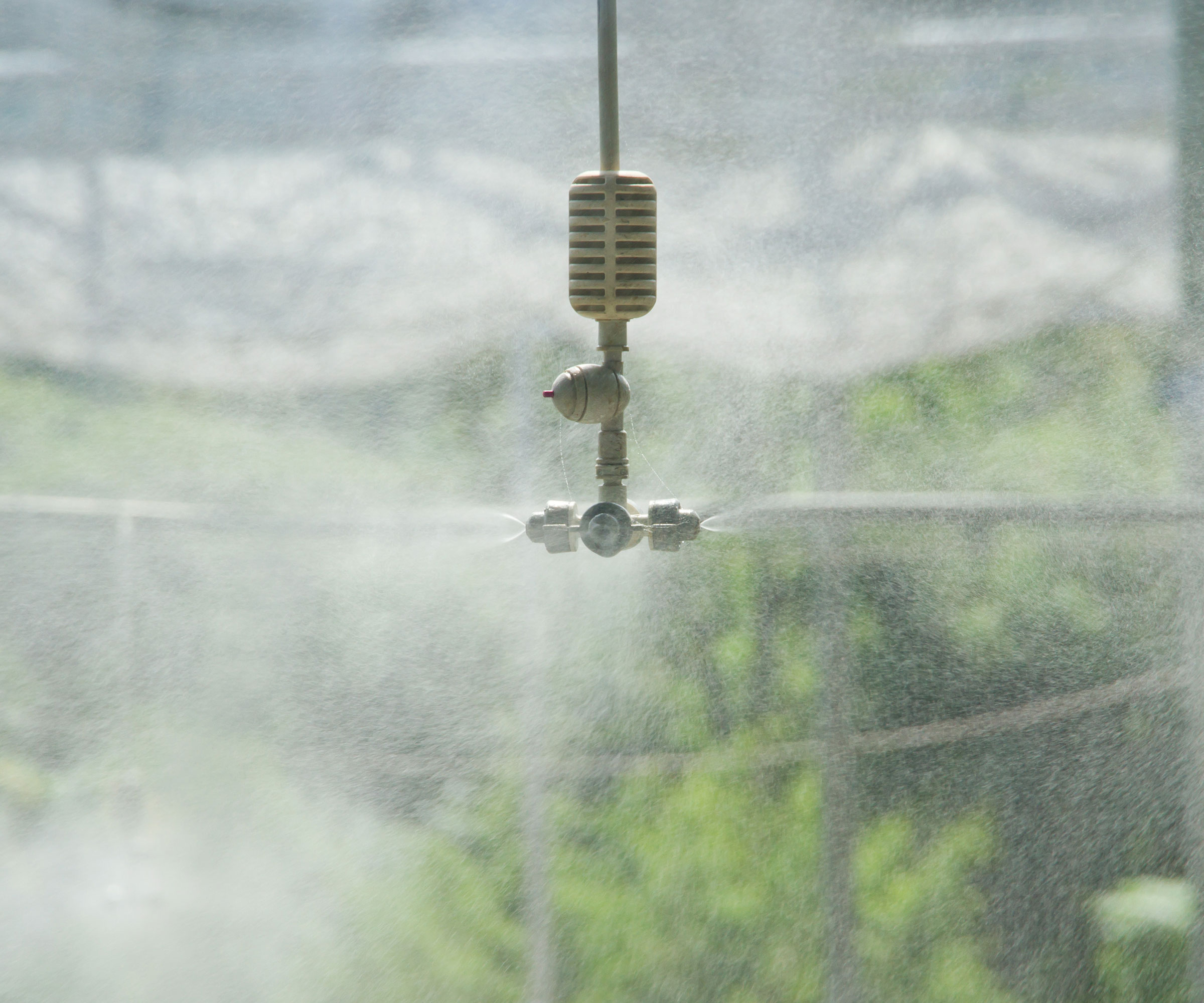
5. Fog Cooling Systems
Fog cooling systems spray tiny droplets of water into the air in a fine mist or fog. This evaporates, cooling the air in a way similar to that of the pad and fan system. Moist air is released outside through vents in the roof or by fans mounted in the walls.

After graduating from Oklahoma State University with a degree in English, Susan pursued a career in communications. In addition, she wrote garden articles for magazines and authored a newspaper gardening column for many years. She contributed South-Central regional gardening columns for four years to Lowes.com. While living in Oklahoma, she served as a master gardener for 17 years.
-
 Get Ready For A Summer Of Hummers! Grow These Full Sun Hummingbird Plants and Flowers
Get Ready For A Summer Of Hummers! Grow These Full Sun Hummingbird Plants and FlowersIf you’re lucky enough to enjoy a sunny backyard, make sure you are maxing out on your pollinator opportunities and grow these full sun hummingbird plants and flowers
By Tonya Barnett
-
 12 Lush Alternatives To A Lawn For Sustainable Spaces
12 Lush Alternatives To A Lawn For Sustainable SpacesAlternatives to a lawn are beautiful and also beneficial to your local ecosystem and its pollinators. Explore our top picks for plants to replace grass.
By Tonya Barnett
-
 Ultimate Potted Flowers For Spring: 8 Brilliant Blooming Options for Spring Containers
Ultimate Potted Flowers For Spring: 8 Brilliant Blooming Options for Spring ContainersCelebrate the most uplifting of seasons with the most dazzling container flowers imaginable. Here, we present some of the loveliest potted flowers for spring…
By Tonya Barnett
-
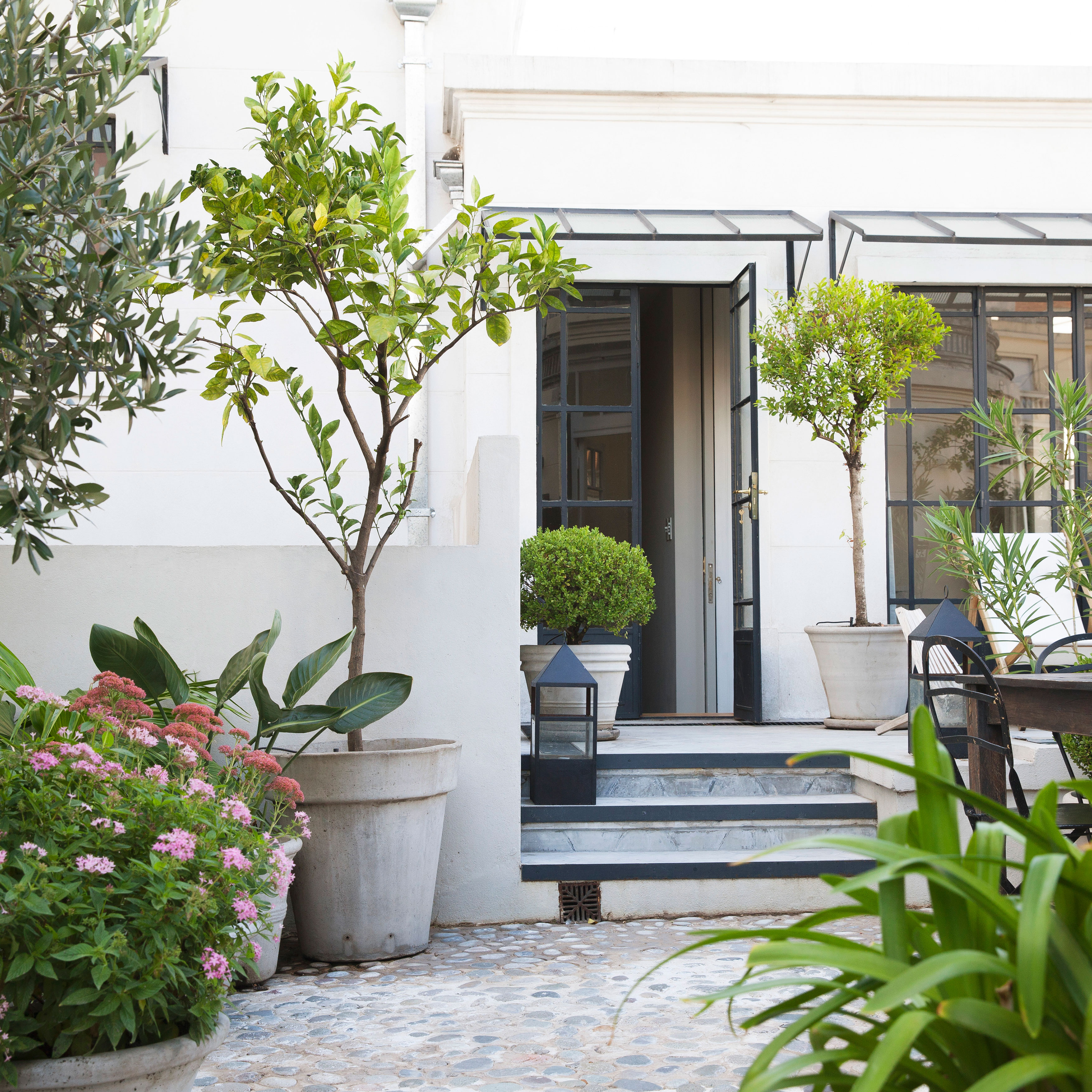 Best Trees For Containers: Create A Potted Grove On Your Porch With These 8 Compact Varieties
Best Trees For Containers: Create A Potted Grove On Your Porch With These 8 Compact VarietiesWe may not always think of trees as being obvious candidates for pots, but there are a few that not only thrive but flourish. Here are some of the best trees for containers
By Teo Spengler
-
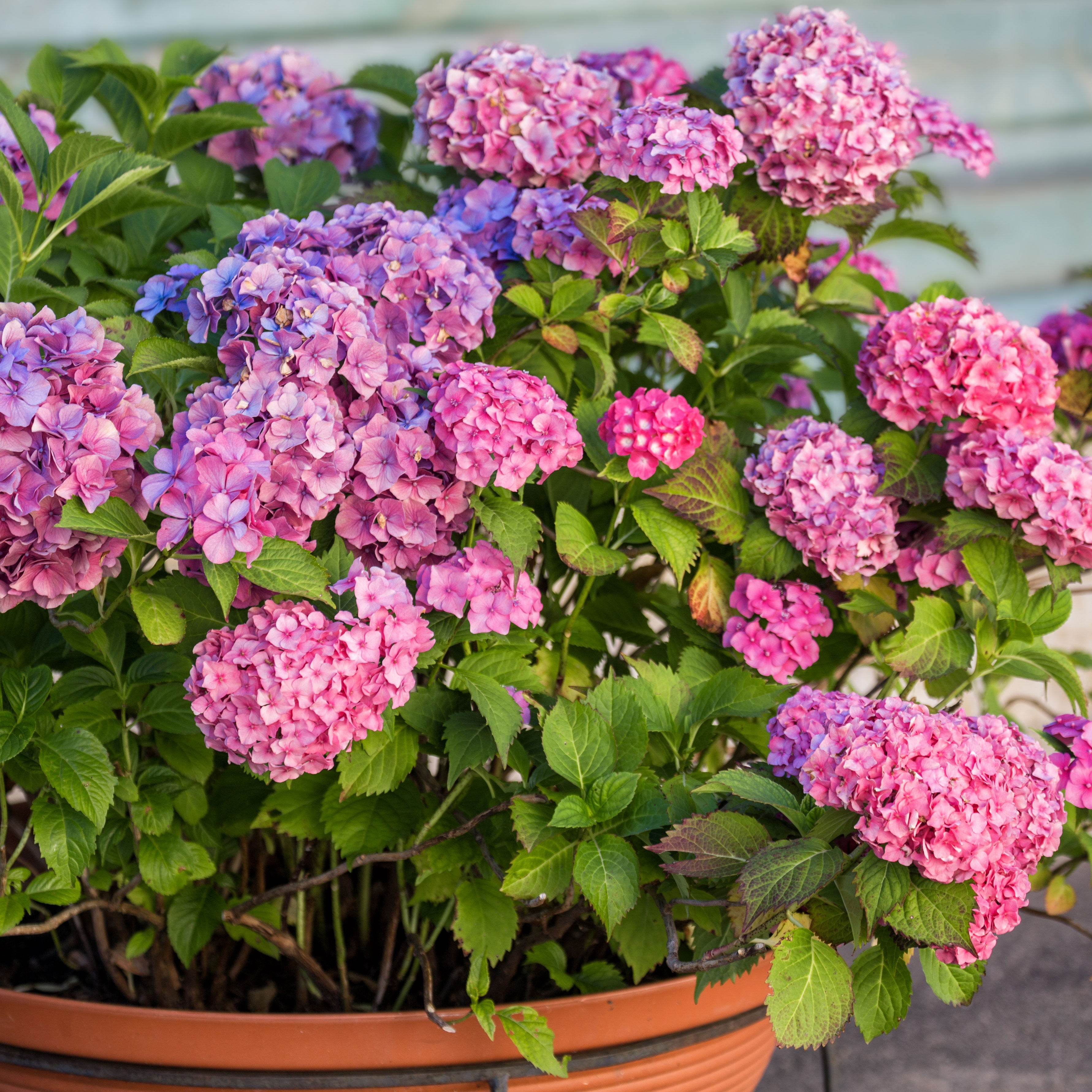 Best Plants For Container Gardening: Try These 10 Easy Ornamental And Edible Options For Pots
Best Plants For Container Gardening: Try These 10 Easy Ornamental And Edible Options For PotsGardening with pots is a quick way to make more of smaller spaces – but which edibles and ornamentals are right? Here are some of the best plants for container gardening
By Mary Ellen Ellis
-
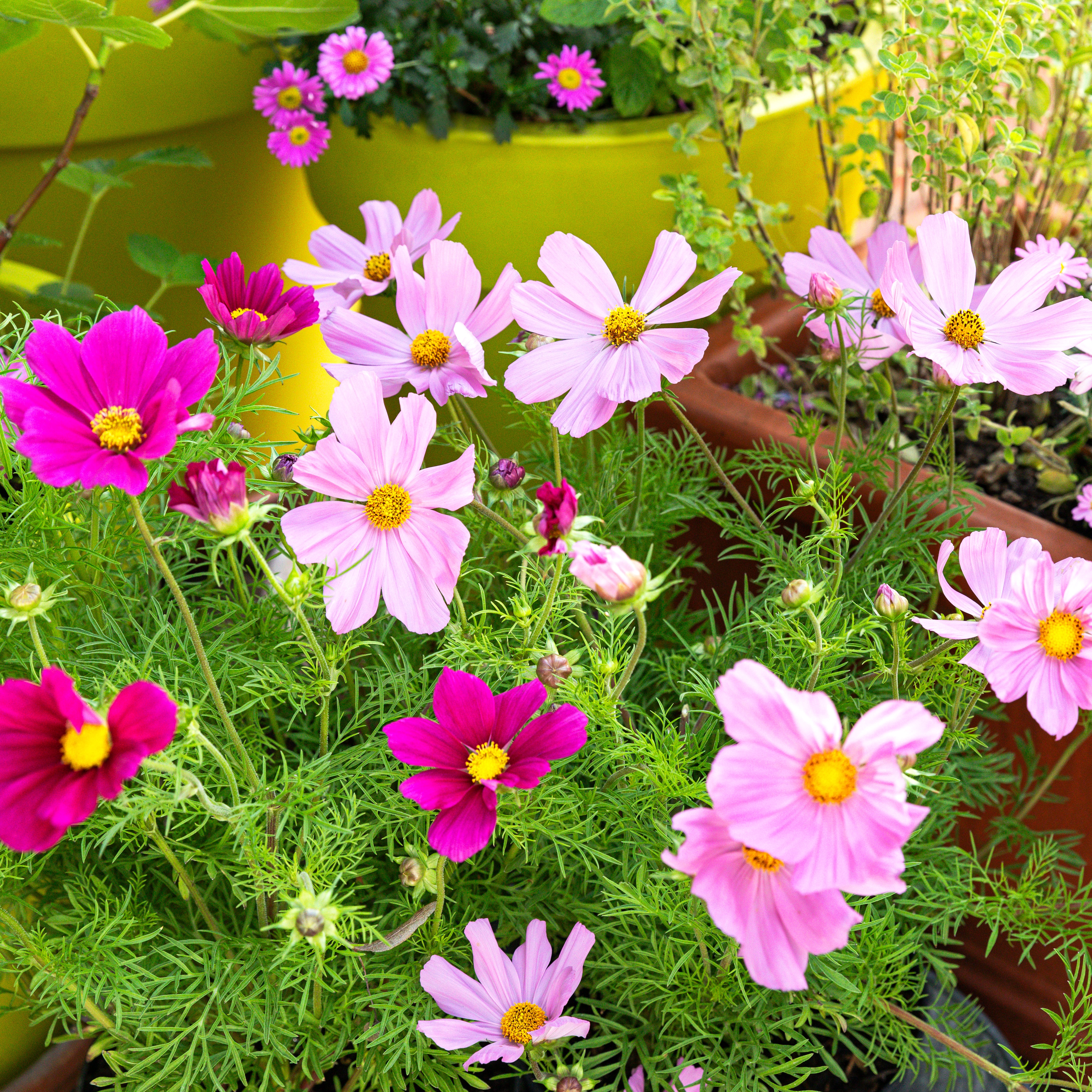 How To Grow A Cut Flower Container Garden – For Gorgeous Fresh Blooms Even In Small Spaces
How To Grow A Cut Flower Container Garden – For Gorgeous Fresh Blooms Even In Small SpacesCut flower cultivation may bring to mind tall, statuesque plants in beds and borders – but you can also grow a cut flower container garden for bold blooms in smaller spaces
By Tonya Barnett
-
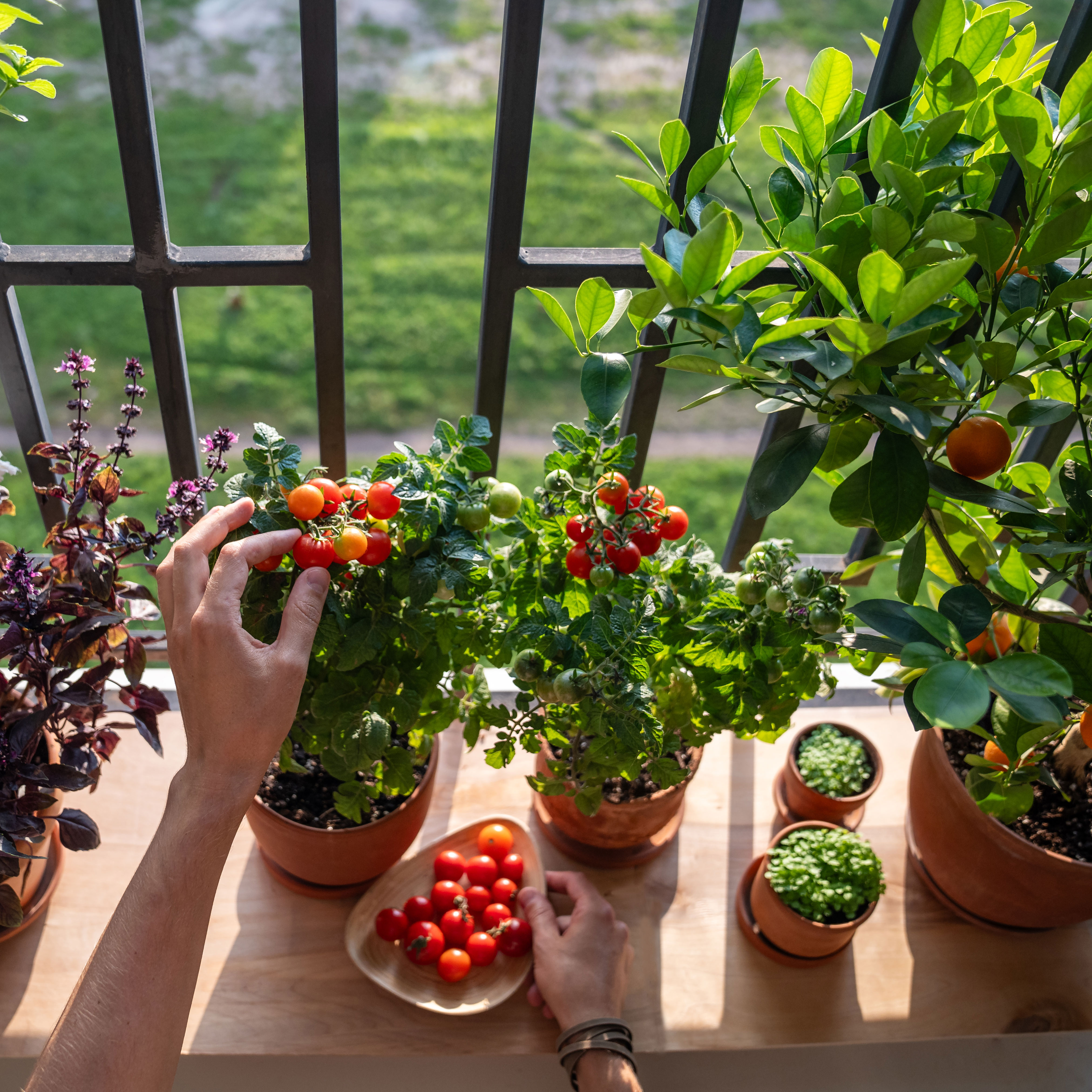 Cheap Container Vegetable Gardening Ideas To Save Money And Maximize Space And Harvests
Cheap Container Vegetable Gardening Ideas To Save Money And Maximize Space And HarvestsKeen to grow potted crops but looking to save money? Let these cheap container vegetable gardening ideas inspire you and free up funds this gardening year
By Bonnie L. Grant
-
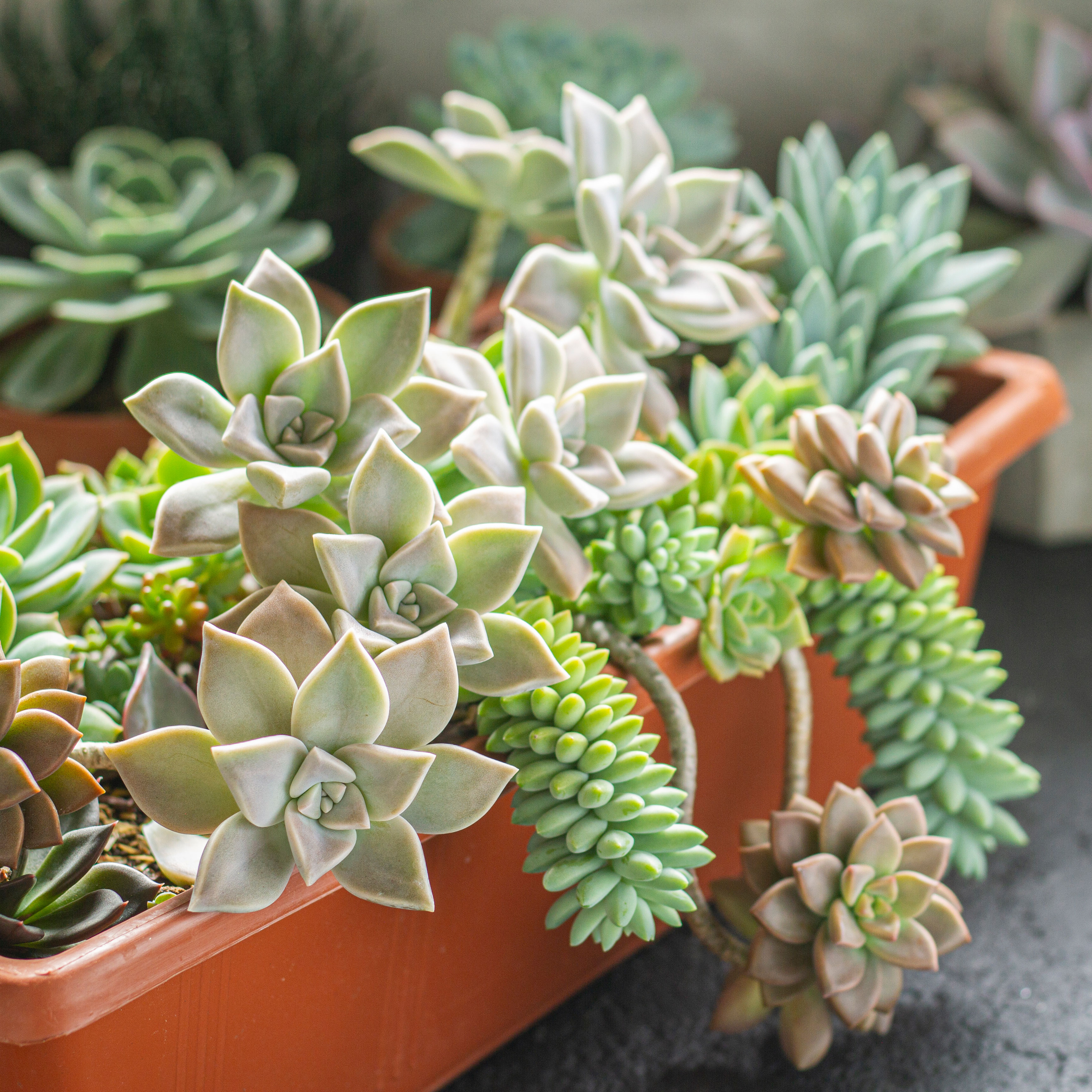 5 Sensational Succulent Arrangement Ideas For A Showstopping Container Anyone Can Try
5 Sensational Succulent Arrangement Ideas For A Showstopping Container Anyone Can TryFew things are guaranteed with gardening, but the combination of succulents with pots is an easy win. Here are some of the best succulent arrangement ideas to try
By Bonnie L. Grant
-
 Elevate Your Flower Power: 10 Best Flowers For Hanging Baskets
Elevate Your Flower Power: 10 Best Flowers For Hanging BasketsWhether you’re after styling up a patio with a medley of color or practical ways to conceal a drab wall, here are some of the best flowers for hanging baskets…
By Tonya Barnett
-
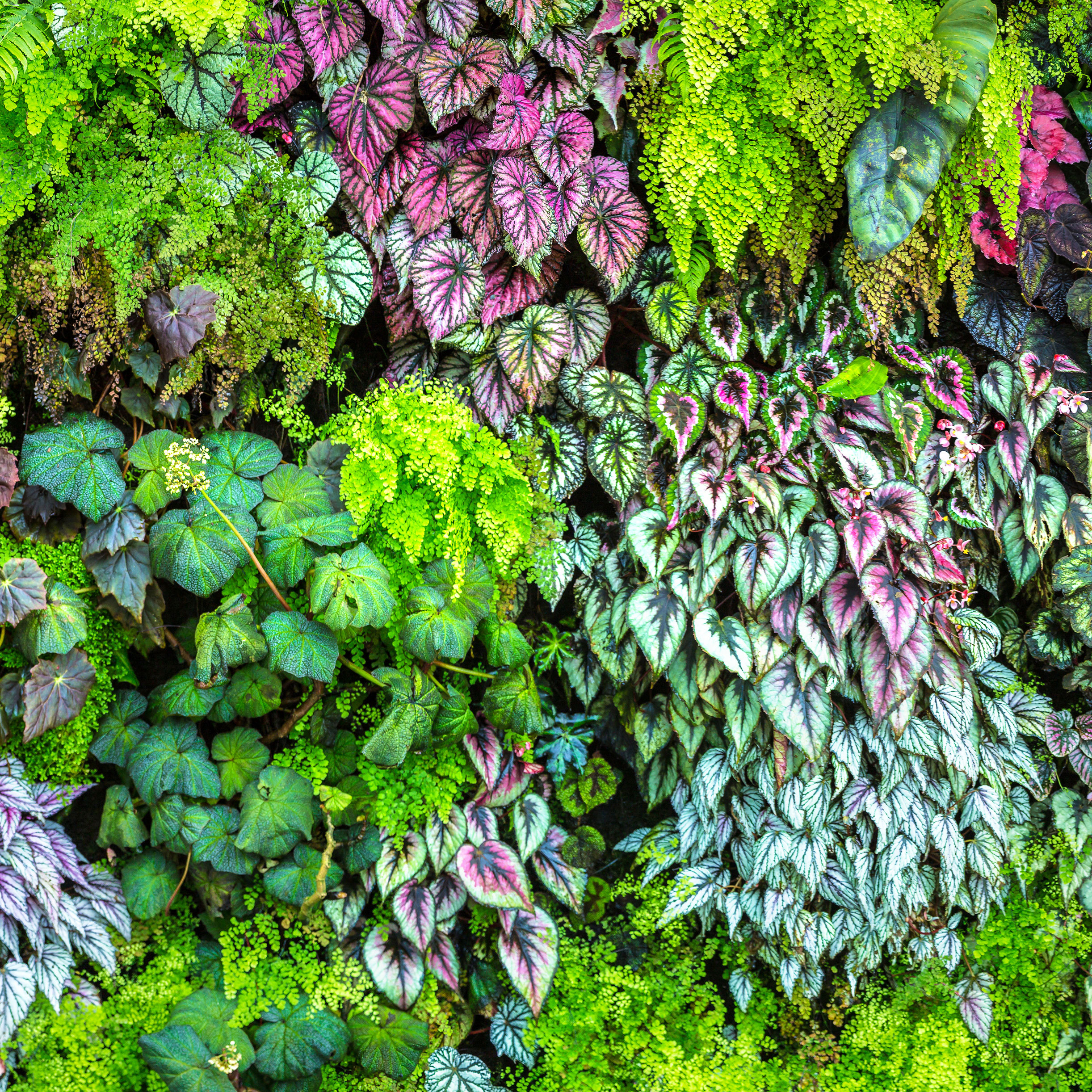 Easy Vertical Gardening Hacks For Beginners: Why You Should Grow Up, And 3 Ways To Do It!
Easy Vertical Gardening Hacks For Beginners: Why You Should Grow Up, And 3 Ways To Do It!If you’re short on space or keen to make the most of every inch, vertical gardening is the way to grow. We explain how to plan & plant up with three easy building methods
By Teo Spengler